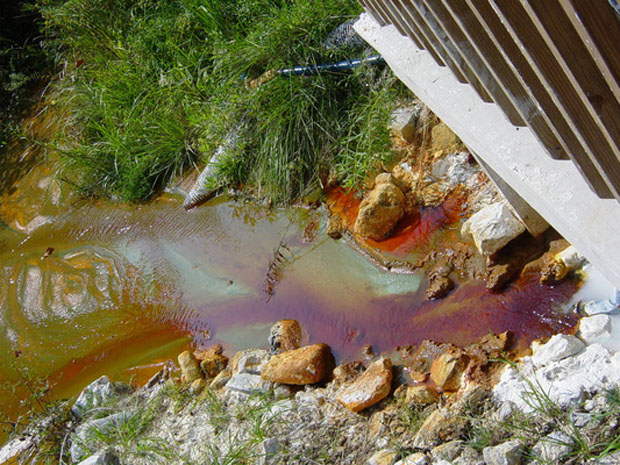By Bob Marshall, Field and Stream
 [dropcap]S[/dropcap]portsmen and other conservationists found another reason to value the Environmental Protection Agency and the rule of law Tuesday, when a federal appeals court unanimously upheld the agency’s right to regulate the permitting process for mountaintop mining operations – one of the most destructive mining activities ever for fish and wildlife.
[dropcap]S[/dropcap]portsmen and other conservationists found another reason to value the Environmental Protection Agency and the rule of law Tuesday, when a federal appeals court unanimously upheld the agency’s right to regulate the permitting process for mountaintop mining operations – one of the most destructive mining activities ever for fish and wildlife.
The case involved the EPA’s decision to revoke a U.S. Army Corps of Engineers permit for The Spruce 1 Mine, the largest in West Virginia history, which would have buried some six miles of streams with tailings from the mountaintop. The EPA said the permit violated the Clean Water Act, but a lower court ruled the agency didn’t have the right to revoke a permit granted by the corps.
In overturning the lower court, Karen LeCraft Henderson, of the U.S. Court of Appeals for the District of Columbia, reasoned “The Congress made plain its intent to grant the Administrator authority to prohibit/deny/restrict/withdraw a specification at any time … Thus, the unambiguous language of subsection 404(c) manifests the Congress’s intent to confer on EPA a broad veto power extending beyond the permit issuance.”
Conservation groups have long-opposed mountaintop removal mining because of its proven devastating impact on fish and wildlife habitat. The process involves literally shaving down the top of mountains and depositing them in adjacent valleys. Trout Unlimited reports the practice has buried more than 2,000 miles of Appalachian streams, and caused additional damage by introducing sediment pollution as well as altering stream hydrology and increasing flooding.
Click here to read complete story […]


